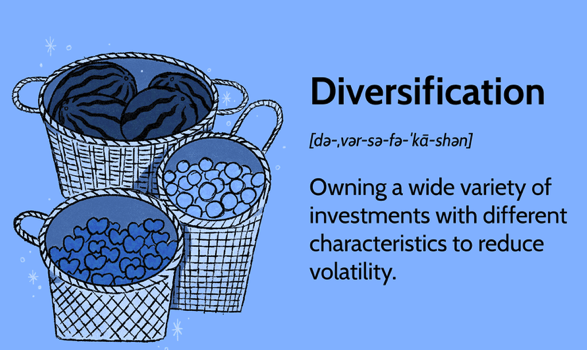Importance of Diversification

Diversification is a cornerstone of sound investing because it helps manage risk by spreading investments across different asset classes, industries, and geographic regions. One of the key risks investors face is concentration risk, which arises when too much capital is tied to a single stock, sector, or investment strategy. If that concentrated position performs poorly—due to market downturns, company-specific issues, or economic shifts—the impact on the investor’s portfolio can be devastating. By diversifying, investors reduce the likelihood that a single adverse event will cause significant losses, leading to more consistent returns over time. For example, an investor who holds only technology stocks may face steep losses if the tech sector declines, but a diversified portfolio that includes bonds, real estate, and international stocks could weather such volatility more effectively.
Diversification not only reduces the risk of substantial losses but also enhances the potential for long-term gains. Different assets tend to perform well under different market conditions. For instance, stocks might perform well during periods of economic growth, while bonds may offer stability during market downturns. By holding a mix of assets, investors increase their chances of having exposure to the sectors or asset classes that outperform at any given time. This balance allows for steady growth in a portfolio, as the underperforming assets are offset by those that are doing well. Over the long run, diversification smooths out the inevitable ups and downs of the market, creating a more reliable pathway to achieving investment goals like retirement savings or wealth accumulation.
A diversified approach also encourages a more disciplined, less emotional approach to investing. Investors who are concentrated in a few high-risk assets may feel the urge to react impulsively to short-term market fluctuations, making decisions based on fear or greed rather than strategy. However, when a portfolio is diversified, it becomes easier to stick to a long-term investment plan, as the overall volatility is lower and less likely to cause panic. A well-diversified portfolio typically aligns with a long-term view, allowing investors to ride out periods of market uncertainty without making hasty decisions that can damage future returns. Ultimately, a diversified investor is better positioned to stay the course, benefiting from compounding returns and reducing the emotional stress that often leads to poor investment choices.
Thank you for subscribing!
Have a great day!